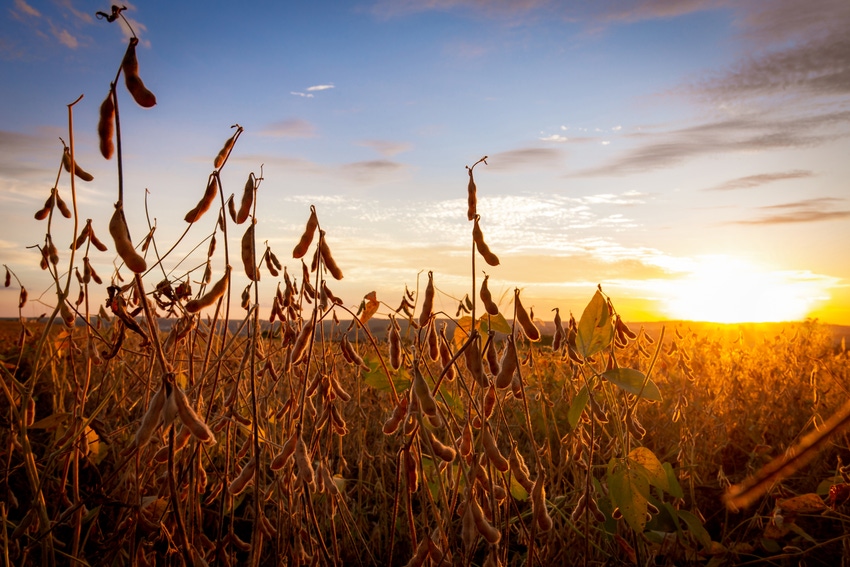
With seed technologies and traits constantly changing and improving, where do you turn to for choosing the best variety for your fields? Enter, variety trials.
Land-grant universities conduct and publish trial data annually, where different varieties of a crop are grown alongside each other to compare their performance. These trials happen in test plots across the country. Universities offer historical data on these trials, so an accurate picture of variety performance can be seen over time and under a variety of environmental conditions.
They deliver growers key results that can be used as a tool to evaluate how each hybrid or variety can fit into their operation.
Understand data
The data available in reports contain maturity rating, yield, moisture percentage, test weight, final stands, lodging percentages, and more.
There may be some variance in published data from different institutions, so take them into consideration when reviewing results. These may include:
Certain crops may have more specialized results, such as soybean cyst nematode resistance in soybean trials. Each university may publish slightly different reports, including moisture percentage and lodging scores.
Production methods including tillage and seeding rates may be part of the results. If performance of a hybrid or variety obtained in one season is limited, look for historical data on the hybrid you’re evaluating for a clearer picture.
Outside factors including rainfall, soil conditions, diseases, an insect pressure are assumed to be similar in each test, but differences are possible.
Each variety belongs to a brand name, but often carries a number like Thunder Seed’s T6300 VT2P.
Get first-hand explanation
If hesitant to wade through a publication for results, consider attending local field days or contacting your research Extension center instead. Tours of trial fields let attendees see variety plots and ask questions of research experts.
When planning for the next growing season, you might find your farm’s next top variety from your land-grant university.
University of Nebraska Lincoln and University of Minnesota contributed to this article.
About the Author(s)
You May Also Like






